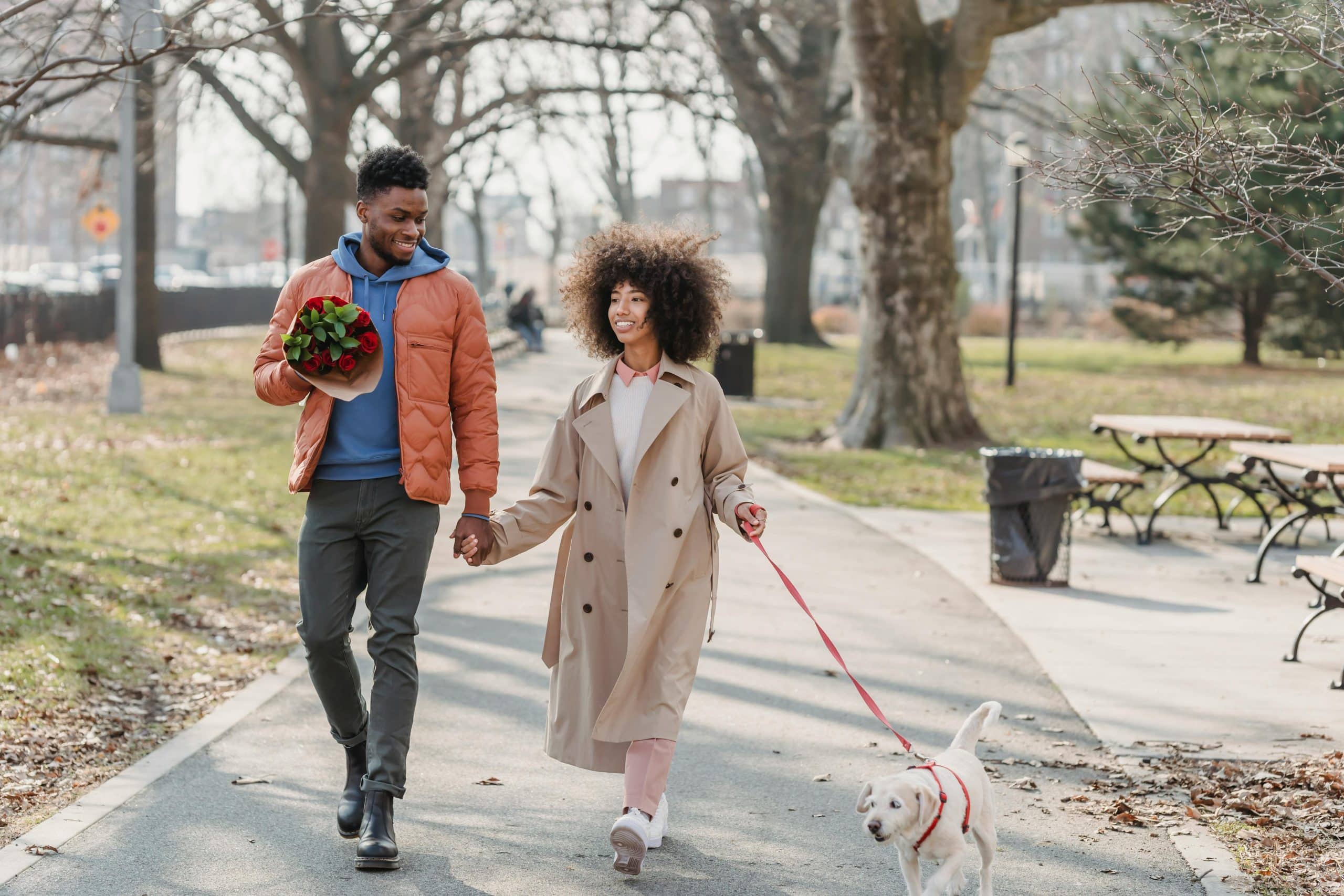How to Ensure Proper Social Distancing for Your Pet During Community Walks?

With the ongoing pandemic situation around the globe, it is crucial to maintain a safe distance, not just for us, but for our beloved pets as well. Social distancing for pets isn’t about keeping them a safe distance from the virus, but rather ensuring their safety and the safety of others during community walks. It’s about being a responsible pet owner.
Understanding the Importance of Social Distancing for Pets
Before we delve into practical tips and tricks on how to ensure proper social distancing for our pets, it’s crucial to understand why it’s necessary. With comprehensive understanding, you can more effectively implement these strategies in your daily routines with your pet.
Cela peut vous intéresser : What Are the Best Tips for Taking Your Pet on Their First Hiking Trip?
Social distancing for pets does not stem from the fear of them contracting or spreading the virus. Instead, it is born out of the need to prevent them from becoming a conduit for the virus. While pets themselves may not get sick, they can inadvertently carry the virus on their fur, leash, or collar and transfer it to other pets or people they come into close contact with.
Moreover, social distancing for pets also revolves around the concept of being courteous to others. Not everyone may feel comfortable with pets around in times like these. Ensuring proper distance can help avoid unwanted stress or incident for both the pet and the people they come into contact with.
A voir aussi : How to Create a First Aid Kit Specifically Tailored for Your Pet’s Needs?
Adopting New Walking Routines
The first major change you may need to make to ensure social distancing for your pet involves modifying your walking routines. This might mean choosing less crowded paths or changing the time you usually take your pets out for a walk.
With the rising need for social distancing, many busy parks and walking paths have become less crowded but it’s still important to choose the path less traveled. Opting for quieter streets or less frequented parks can help minimize contact with other pets and pet owners.
As for walking times, you may want to consider taking your pet for a walk during off-peak hours. Early morning or late evening walks when fewer people are likely to be out and about could be a good option. Not only does this minimize contact with others, but it also gives your pet a more peaceful and relaxed environment for their walk.
Implementing Leash Rules and Training
The next crucial aspect lies in implementing leash rules and training your pets. The leash is your primary form of control during walks. Ensuring that your pet can walk on a leash without pulling or tugging can help maintain a safe distance from others.
For dogs, consider using a shorter leash during this time. This gives you more control over your pet’s movements and prevents them from running up to other pets or people. If your pet isn’t already leash trained, now might be a good time to start with basic commands like ‘stay’, ‘heel’, and ‘leave it’.
For cats and other small pets, leash training can be a bit more challenging. It’s recommended to start with short leash walks within the safety of your home before trying it out in the open.
Using Pet-Friendly Social Distancing Tools
A variety of pet-friendly social distancing tools have surfaced in the market that can help you maintain a safe distance during walks. Tools like extendable leashes, harnesses, and even pet strollers can prove quite useful.
Extendable leashes allow you to control the length of the leash and hence the distance between your pet and others. Harnesses, especially for larger dogs, give you better control over your pet’s movements. Pet strollers, on the other hand, can be a great option for smaller pets or older pets who may not be able to walk long distances.
Respecting Others’ Space
Lastly, in order to effectively socialize your pets while maintaining a safe distance, it’s essential to respect others’ space. This includes not only physical space but also their comfort level with pets.
During your walks, make sure to keep your pet leashed and close to you at all times. If you encounter others, politely move to the side and allow them to pass at a safe distance. If your pet is friendly and tends to approach others, remind them with a gentle tug on the leash and a firm ‘no’.
Social distancing might not be something our pets understand, but they do pick up on our stress and behavior. By remaining calm and collected during your walks, you can help your pet remain calm too. With time and consistent practice, your pet will get used to these new walking routines and rules.
Incorporating Safety Measures for Pet Interactions
As social distancing is crucial, it is important to think about how our pets interact with others, both human and animal. The goal is to minimize unwanted contact that could potentially facilitate the transmission of the virus.
For instance, during walks, try to avoid areas where other pets are likely to be, such as popular dog parks or play areas. These places can become crowded quickly, defeating the purpose of social distancing. It’s recommended to keep your pet on a short leash at all times to limit their ability to roam and potentially come in contact with others.
Communication is also key. If your pet is approached by another pet or person, kindly inform them about your social distancing efforts. Most people will understand and appreciate your courtesy. Don’t hesitate to divert your path or cross the street if necessary to maintain distance.
It’s also essential to maintain good hygiene practices. Make sure to clean your pet’s paws and fur after every walk. While the risk of pets transmitting the virus is low, it’s better to be safe and ensure that your pet doesn’t bring the virus into your home.
Conclusion: Embracing the New Normal
In these challenging times, maintaining social distancing for our pets during community walks might seem daunting. However, with understanding, patience, and diligence, it’s entirely possible to adopt this new norm and ensure the safety of our pets and fellow community members.
The key is to understand that these measures are in place for everyone’s safety. By modifying walking routines, implementing leash rules, using social distancing tools, and incorporating safety measures for pet interactions, we can effectively ensure proper social distancing.
More than anything, it’s about being a responsible pet owner. It might require some changes and a bit of effort, but at the end of the day, the health and well-being of our pets and our community are worth it.
It’s also important to remember that these measures won’t last forever. They are temporary solutions to a temporary problem. In the future, we’ll look back on these challenging times and be proud of the steps we took to protect ourselves and our beloved pets.
